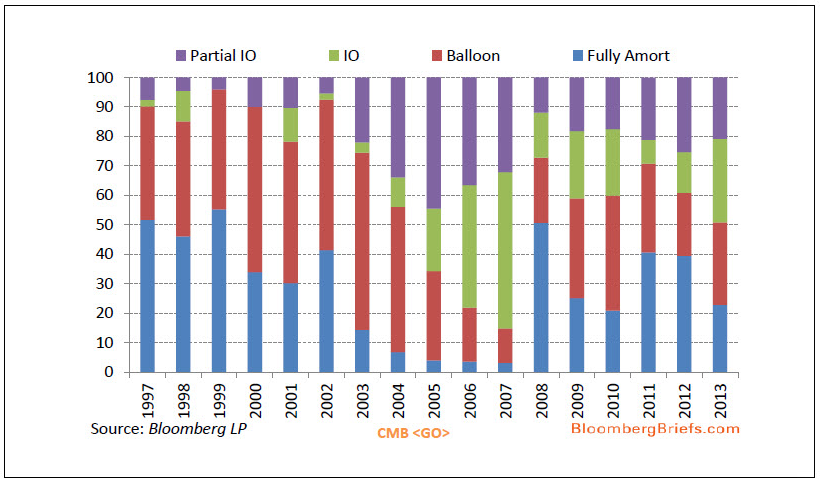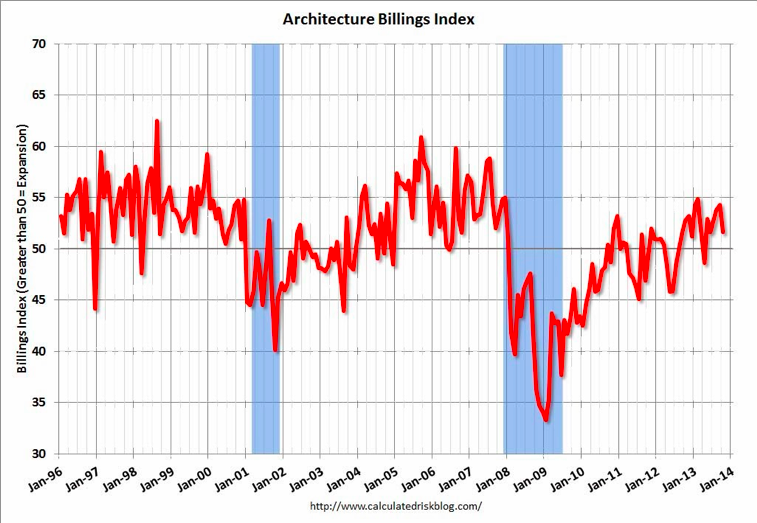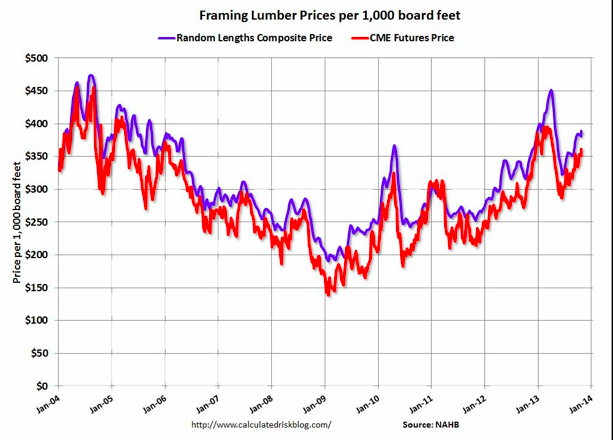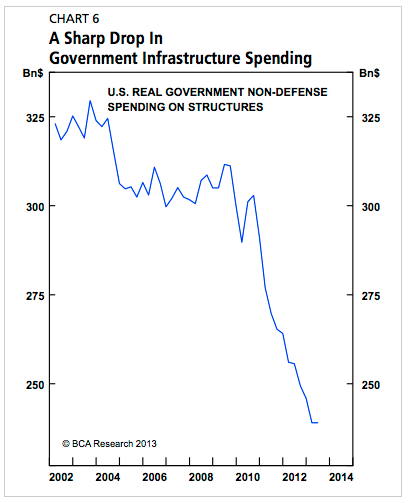|
Just yesterday I was discussing why general contractors need to ensure that their clients have proper funding to support a project. If the owner is not properly funded, then the general contractor is at risk of not being paid for performed work. After that lecture, I read an article in Bloomberg about how risky lending is back for office, mall and hotel projects. The increase in interest only (IO) and part ion IO lending is on the rise. If the project owner has financing, regardless of the type, that's good for contractors and issues with shaky financing may not be an issue until after the project is completed and principle payments or the balloon payment is due. But contractors should still be aware of the type of project funding mechanism and the financial strength of the owner and bid projects accordingly. Be very weary of owners with weak financial backing.
2 Comments
The American Institute of Architects released it's October Architectural Billings Index (ABI). It's at 51.6, down from 54.3 in September (a value >50 indicates and increase in billings). The ABI is considered a leading indicator for construction activities. The good news for those of us in the west is that The above figure is courtesy of Bill McBride at the Calculated Risk Blog.
Some other details:
The industry sectors tend to ebb and flow from one-another, so that's not really news. With hiring season among us, it's best that CM students keep an eye on these figures. They may provide clues as to how the job market will evolve and who will be hiring the most/least. Go west, young graduates and interns. The action is in San Francisco. This is a cool article about tower cranes in SF. Anyone who has gone through the city knows that there are a lot of tower cranes up, which is a nice indicator of construction activity. Send some of that lovin' up I-80.
The Return of the Cranes More data showing a recovery in the construction market: the price of lumber continues to increase. The increases tend to follow the fate of homebuilders, so it's not directly correlated with the health of the commercial construction industry. Homebuilders saw a steep ramp-up in business early in 2013 but cooled dramatically over the summer. But coupling this data with the AIA ABI, and all signs indicate an improving construction market. Graph courtesy of Bill McBride at the Calculated Risk blog.
The figure below shows that government spending on structures is falling off a cliff (down about 27% in 12 years): A lot of people commenting on this chart are using it to show government underinvestment in structures, raising alarm as our country's infrastructure falls into a state of decay. With the high profile bridge collapses from the past few years still on our minds, this is a reasonable reaction. What the chart doesn't capture is how public investment in public structures has increased significantly over the past decade or so. I'm not suggesting that private investment will offset the reduction in government spending, but I speculate it creates a dent. I will be looking into this because I'm curious. Stay tuned for more.
|
Archives
January 2024
Categories |




 RSS Feed
RSS Feed